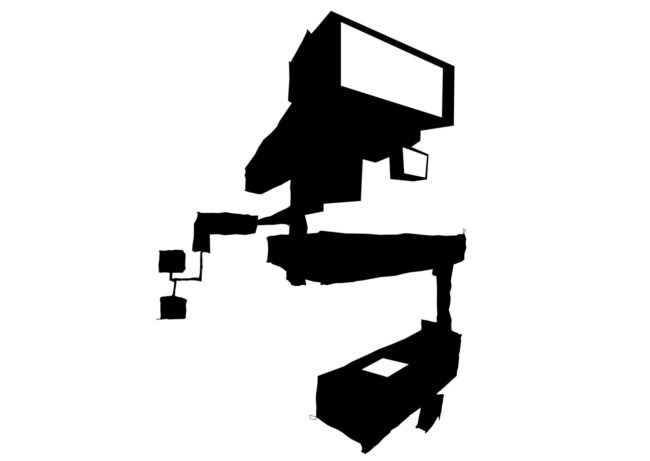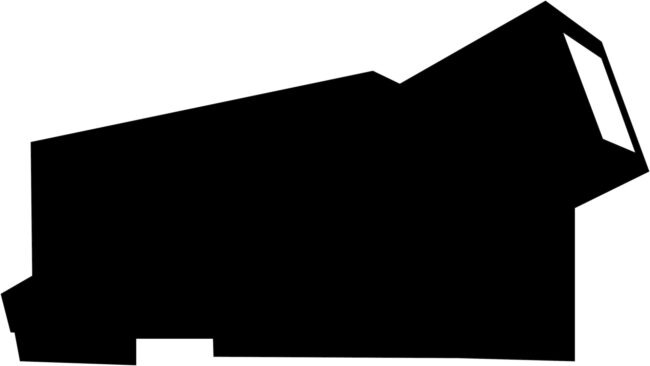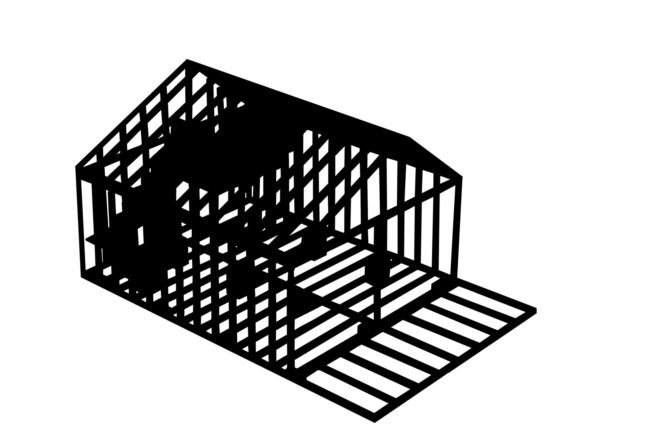Category: Voice of the Sea
Eco Micro Living
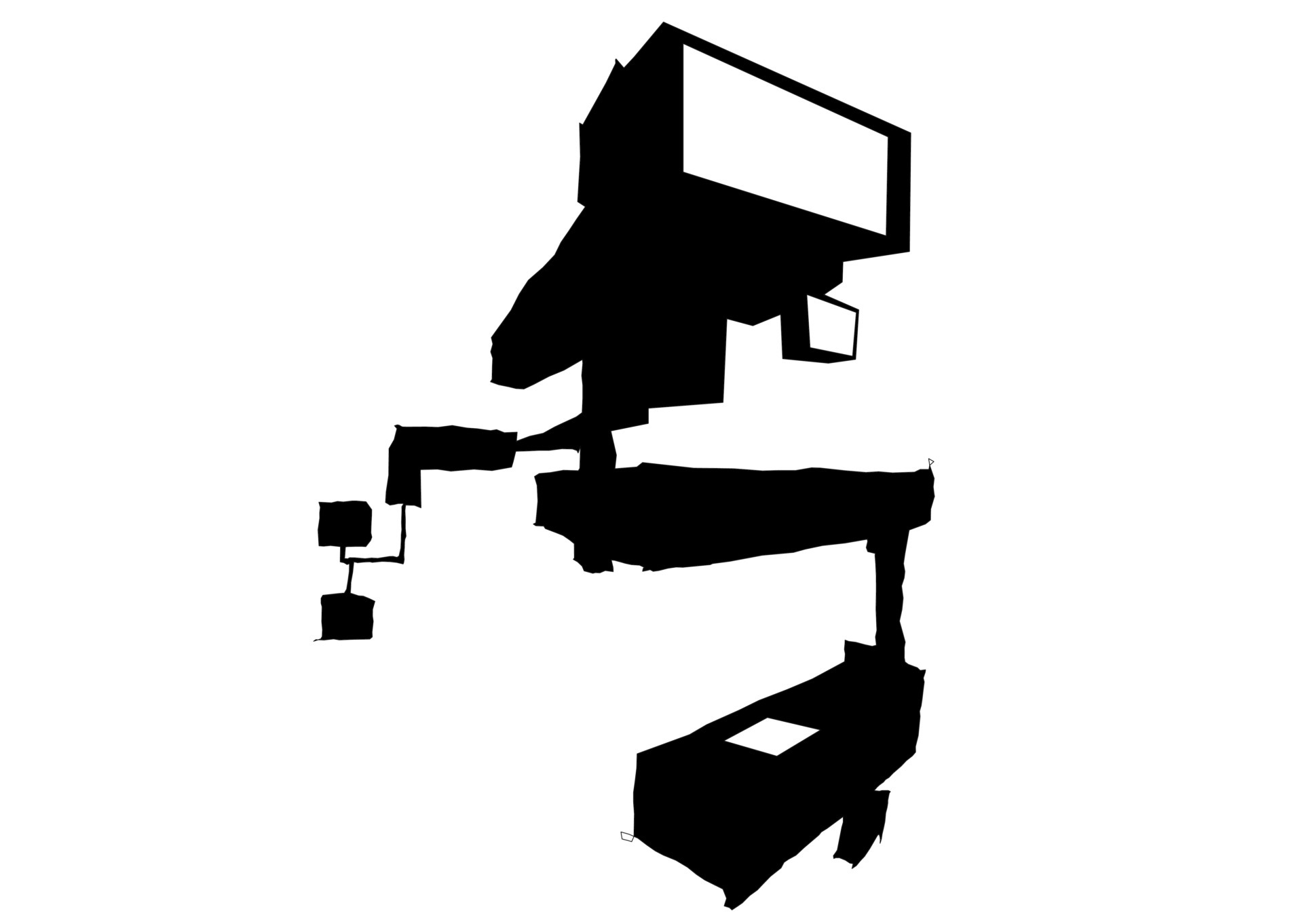
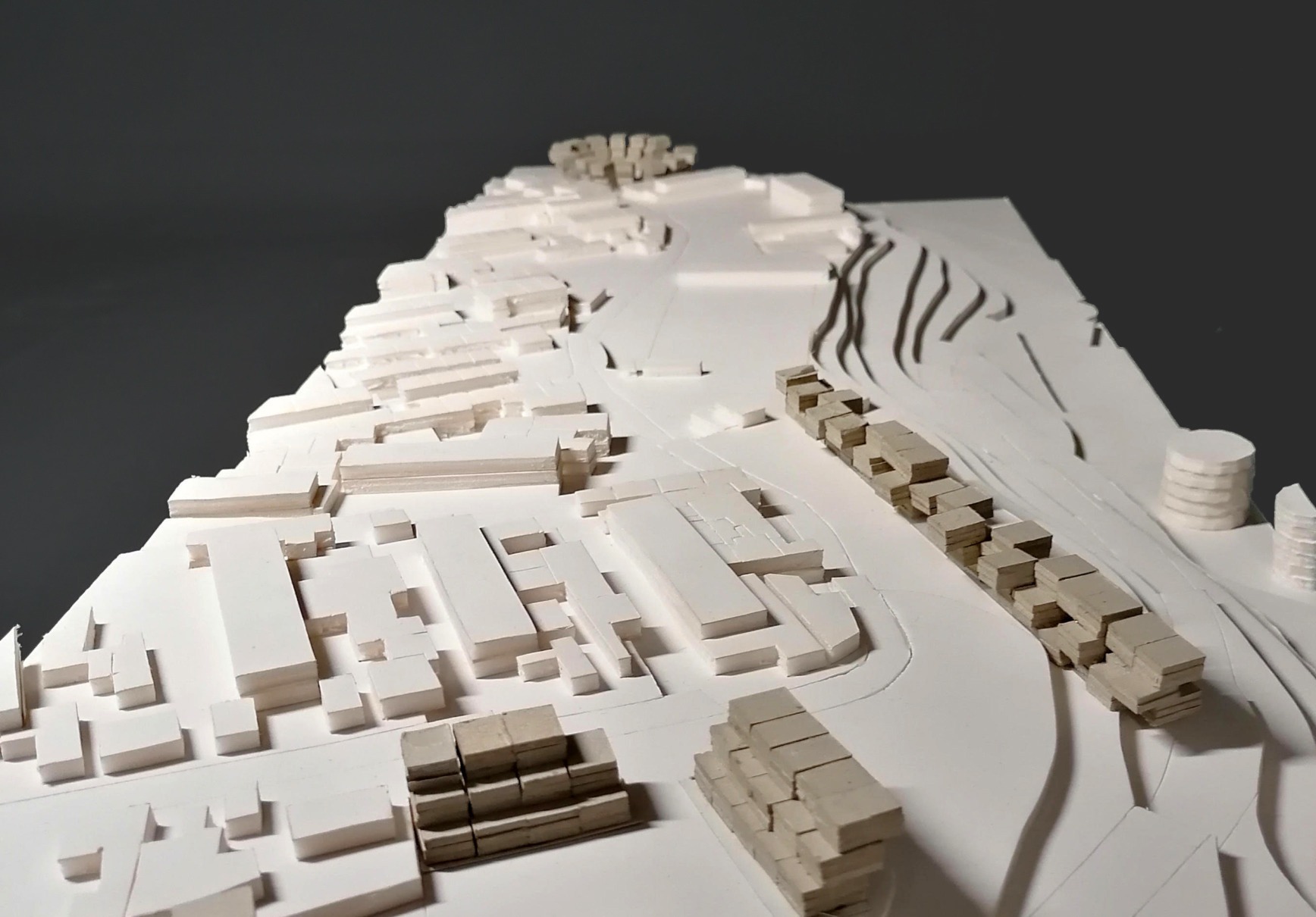
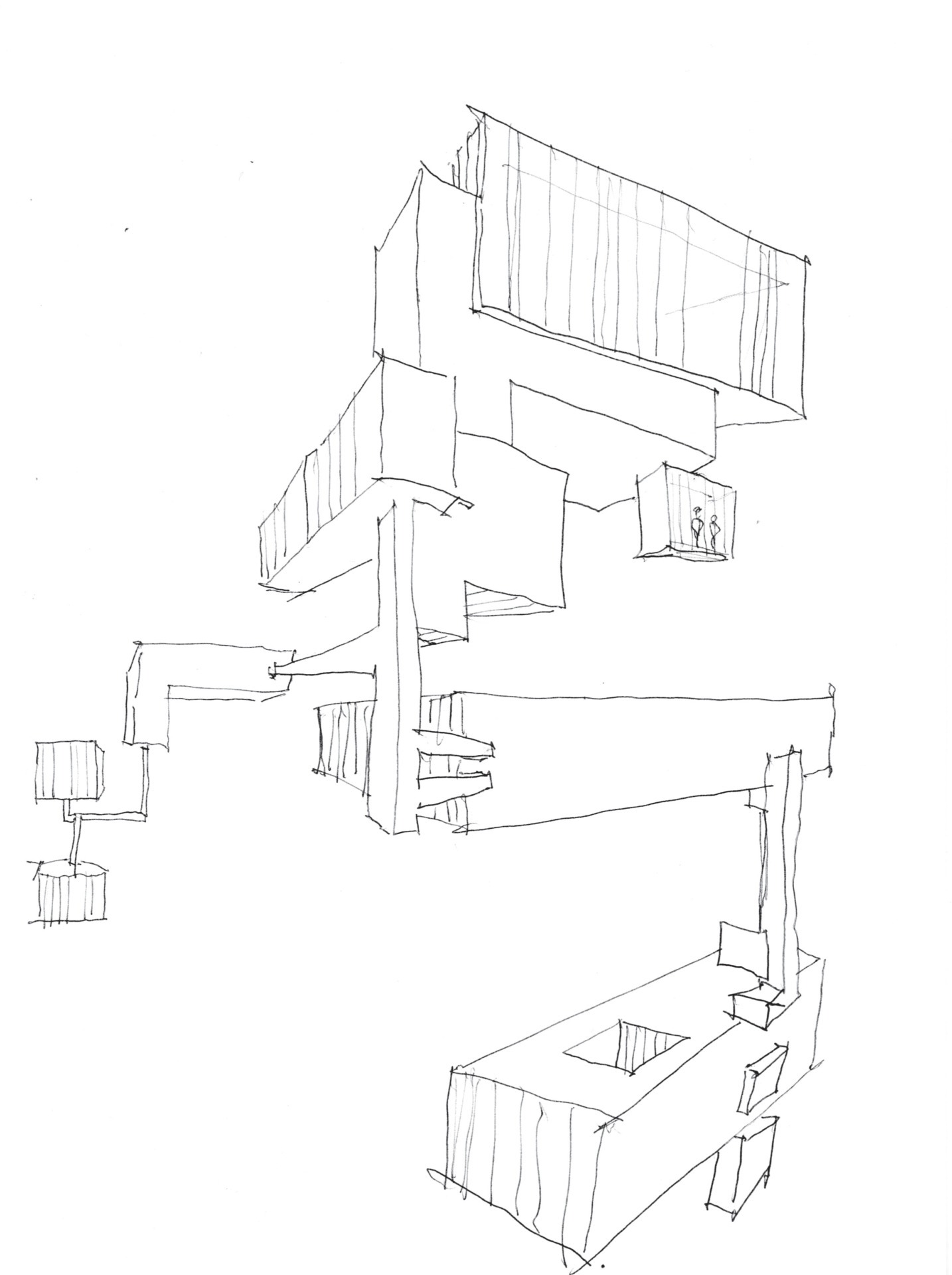
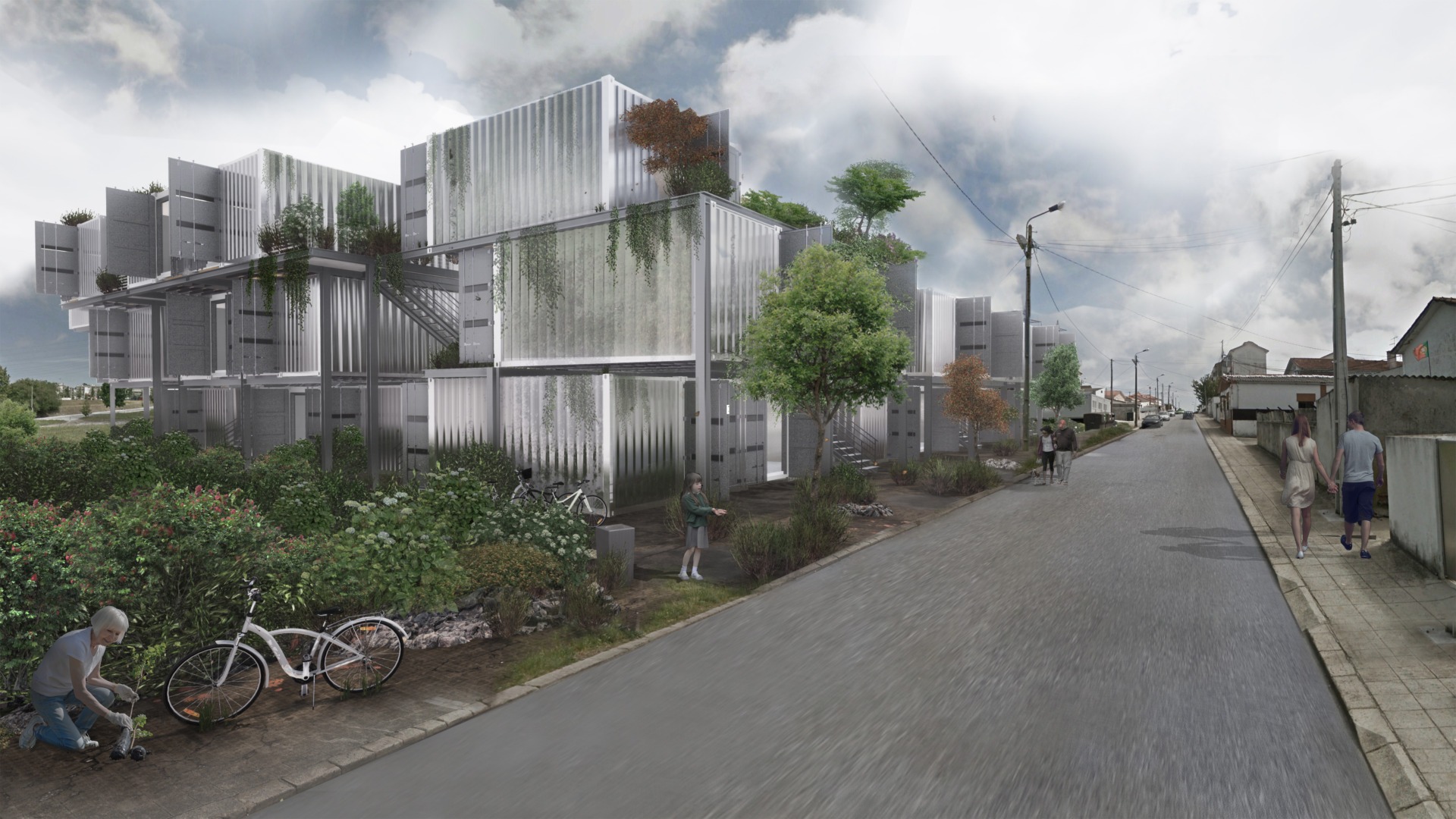
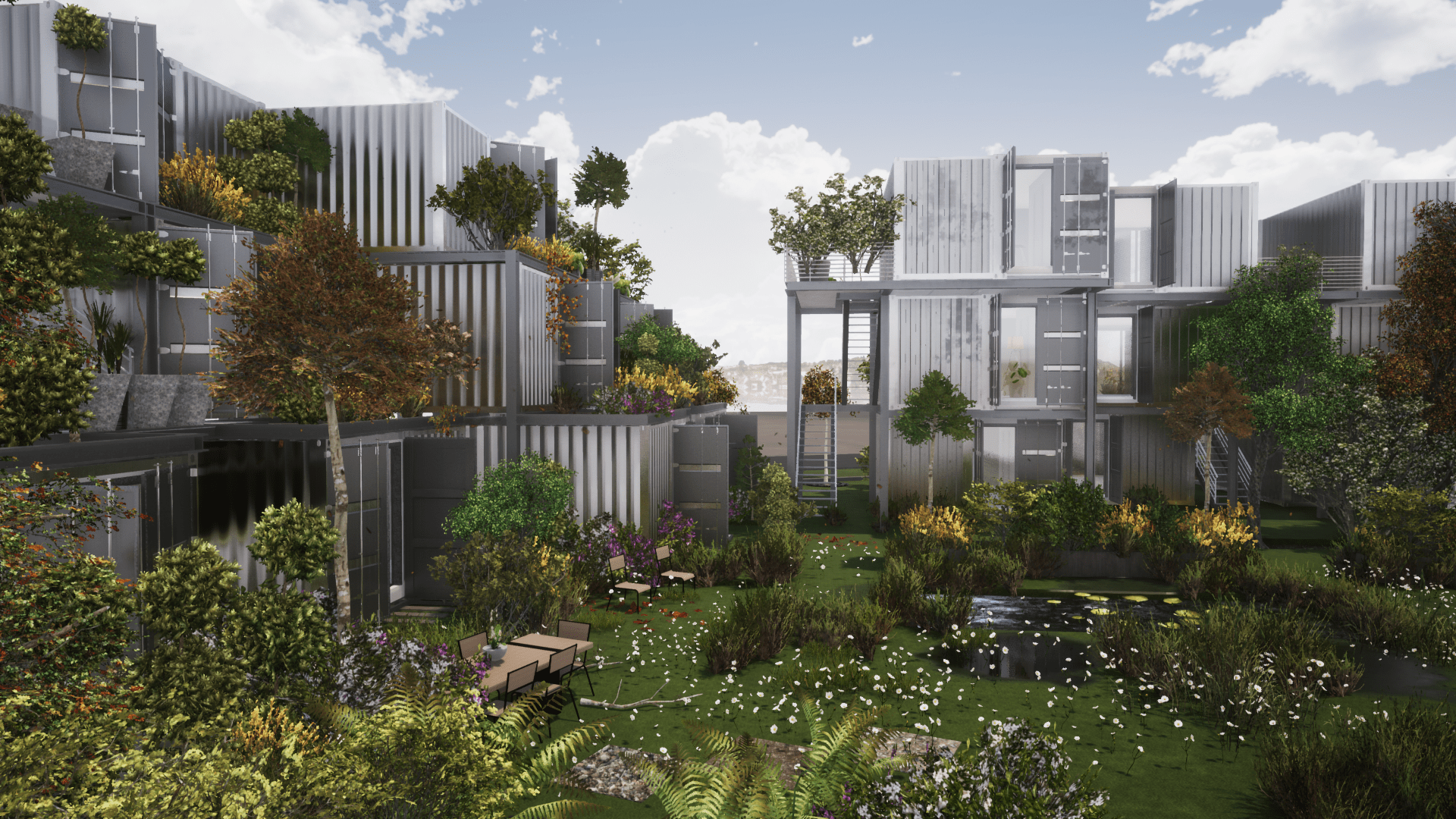

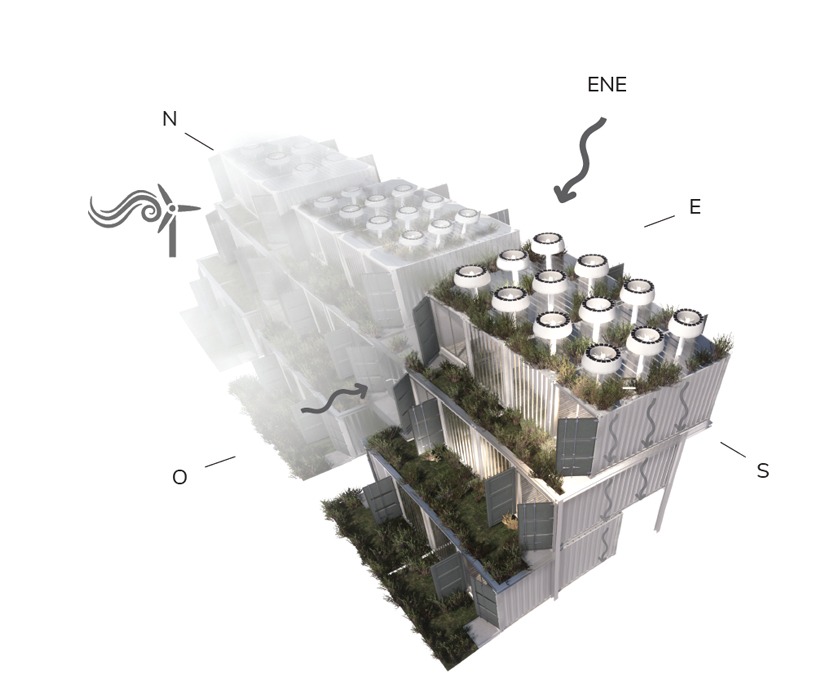

The Cluster Habitat project is a micro-residential and urban intervention project located in Matosinhos, taking advantage of a strip of land with an East-West orientation on the cliff above the port of Matosinhos and the Cepsa facilities, which constitutes a pre-existence environment with industrial use at a lower level. The implementation of the Cluster Habitat explores the difference in levels to free the points of view of the implementation of the project.
This reuse decision also clearly announces the focus on the project’s sustainability. The reused containers will support the self-generation of solar and wind energy (in their roofs), the capture of rainwater, and the reuse of gray water for irrigation and (after treatment) for re-consumption. The urban project proposes a wide green area, with several objectives: to reduce the effect of the urban heat island in the intervention area and in the surrounding environment; the support of urban ecosystems; and the return of a qualified public space to the community.
The irregular design of the implantation area, the pre-existing equipment, and the topography determine discontinuous implantation, which the project values by creating three clusters (cores) with different morphologies: Ring, River, Mesh, connected by a continuous green space that embraces the clusters and that constitutes a public space of slow mobility (walking and cycling), with connection to the future station of Porto Metropolitano.
Related
Eremitério

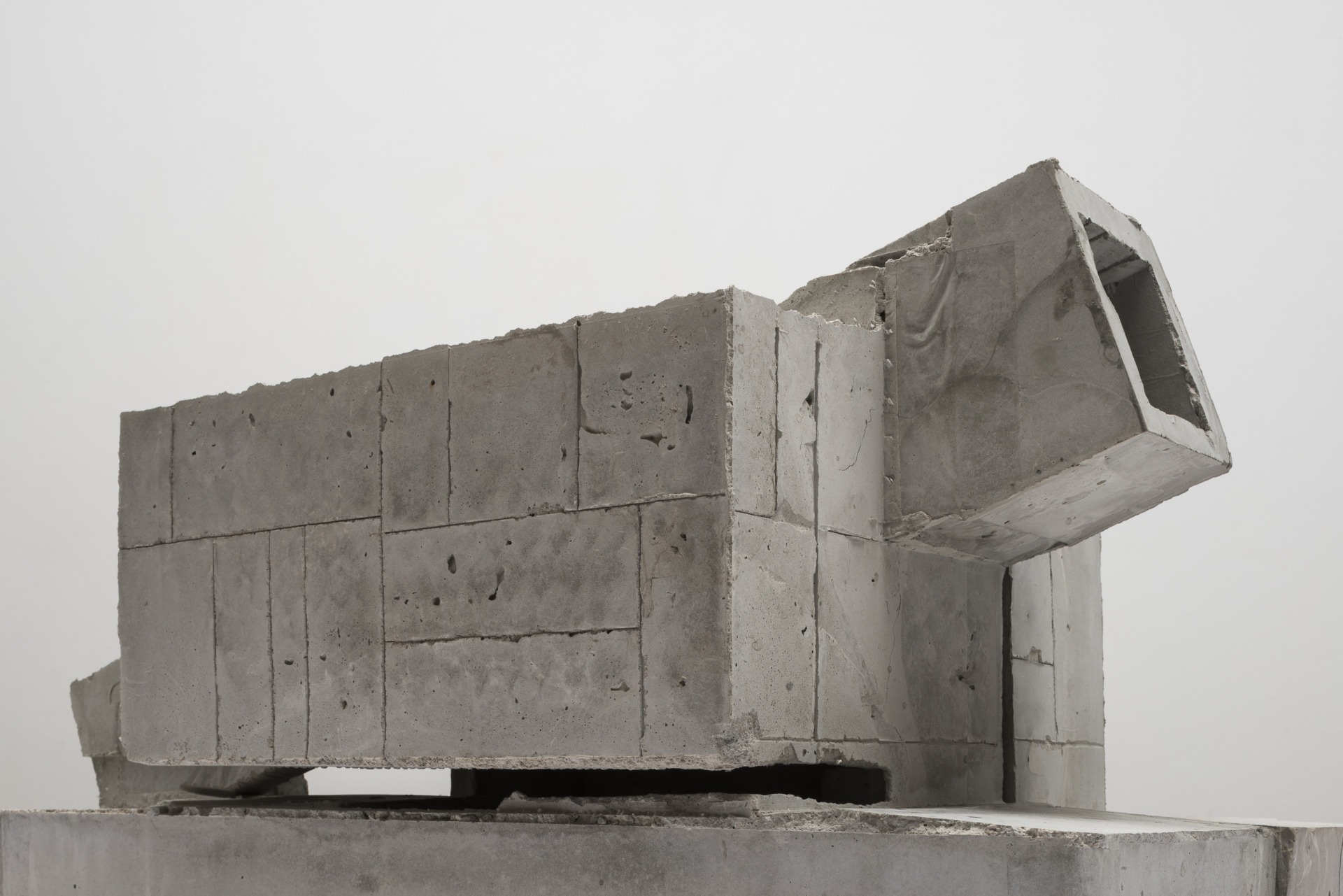
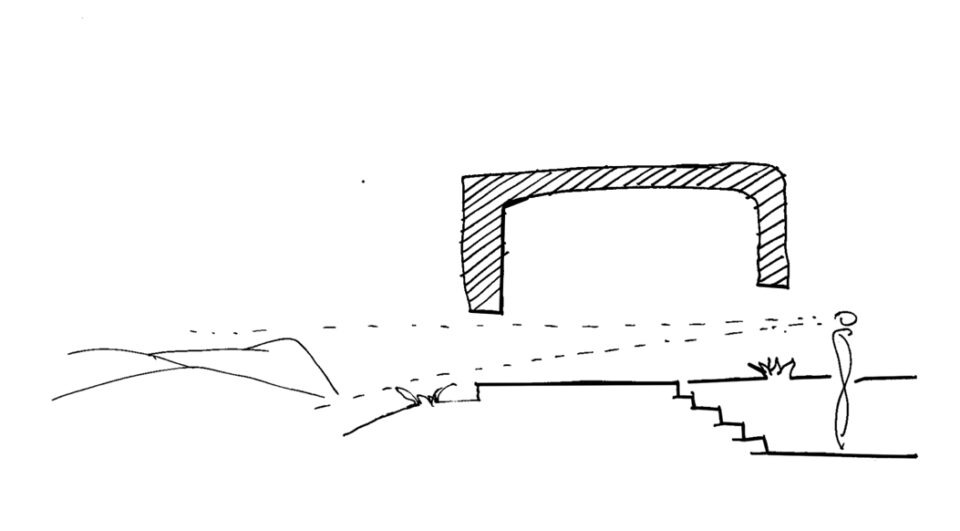
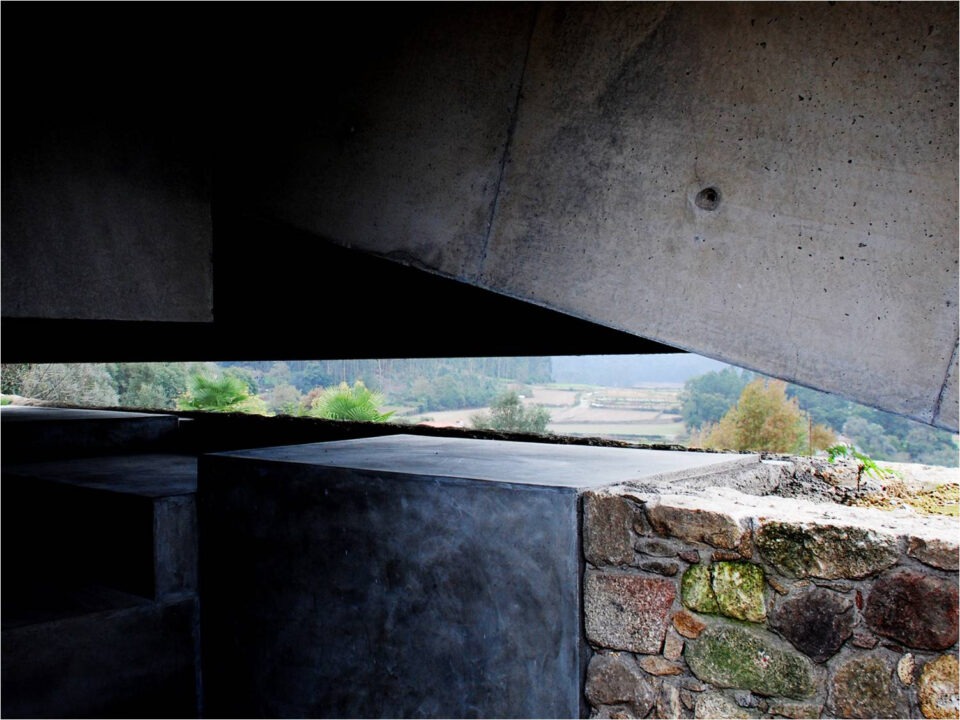
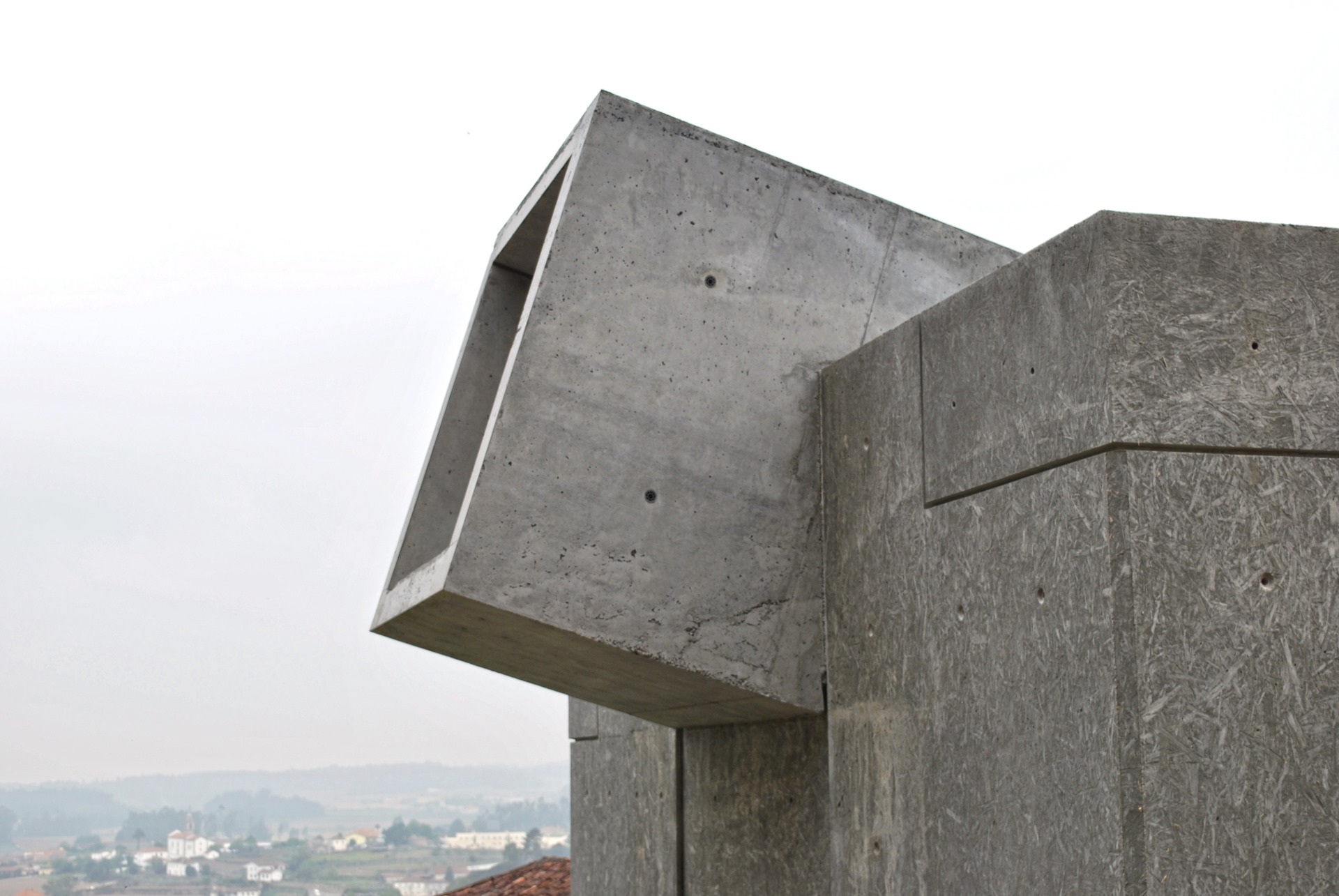
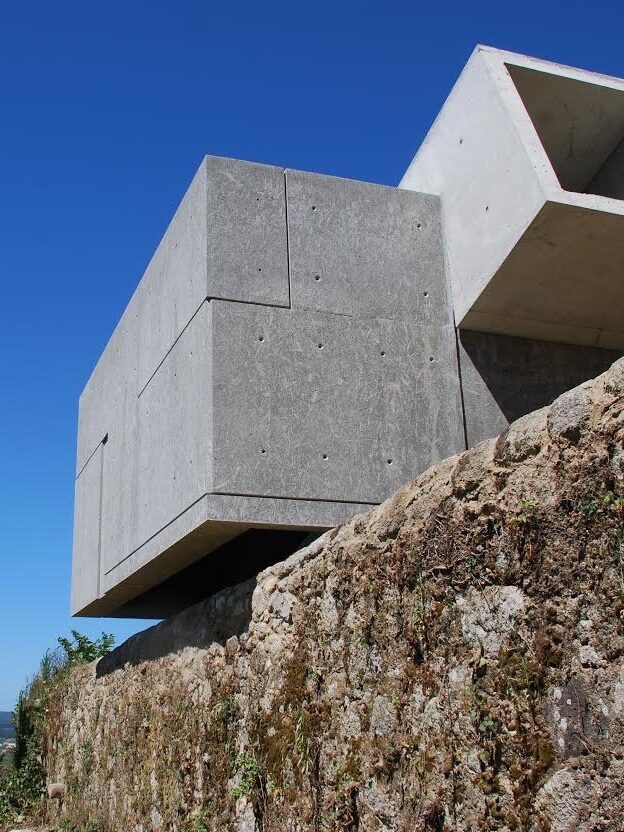
“This micro-museum by Pedro Ressano Garcia, wisely called “eremitério”, suggests to us an alternative grammar of conception and dwelling. It deliberately drives us close to the constant features of a monastic experience. And we realise that “seeing better” leads us to the act of seeing one polysemy, one rituality and one ethic.
Therefore, we somehow only start seeing when we start noticing. And the same applies to contemplation. Contemplation begins when we accept that we do not know how to see, that our vision is limited and poor.”
José Tolentino Mendonça
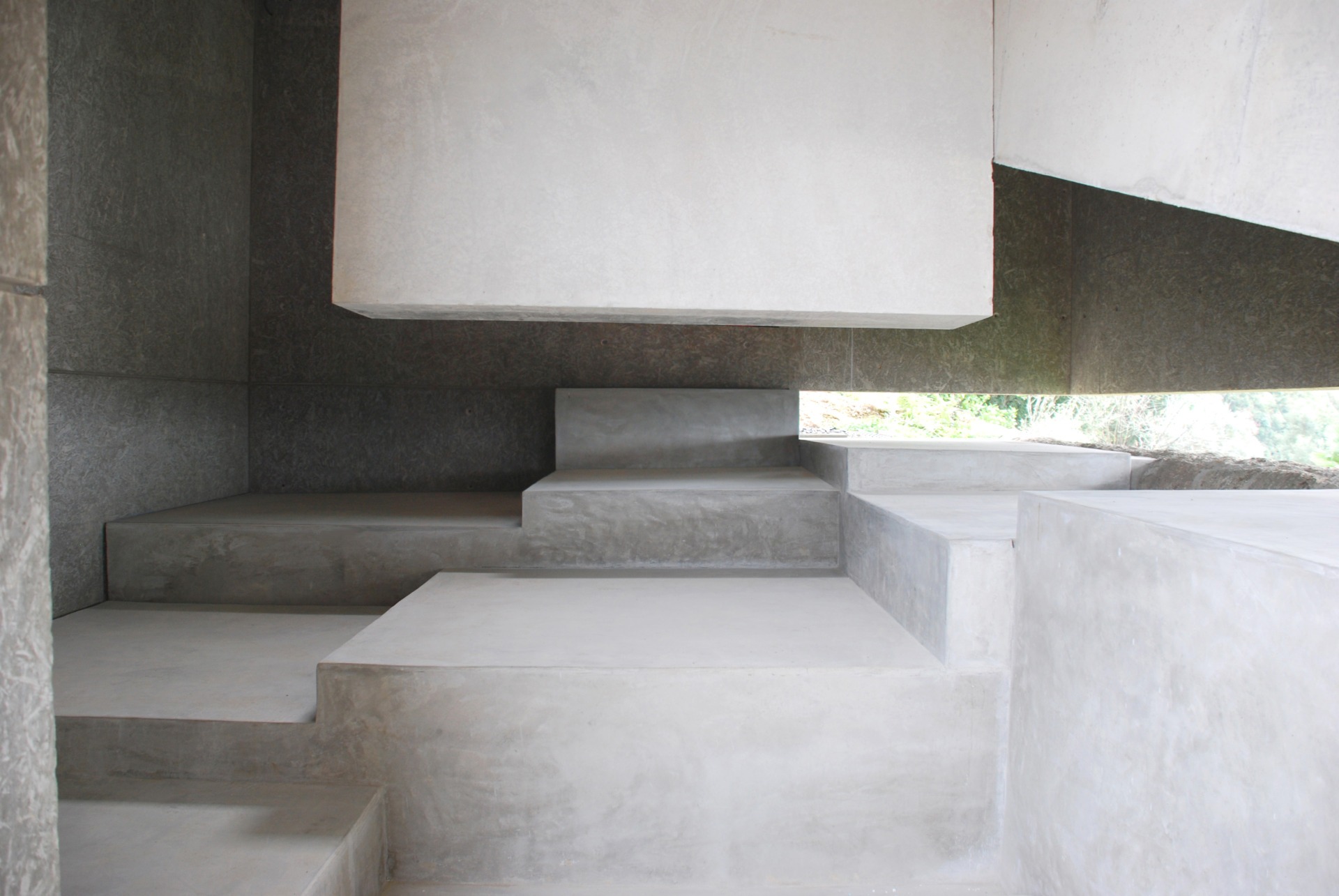
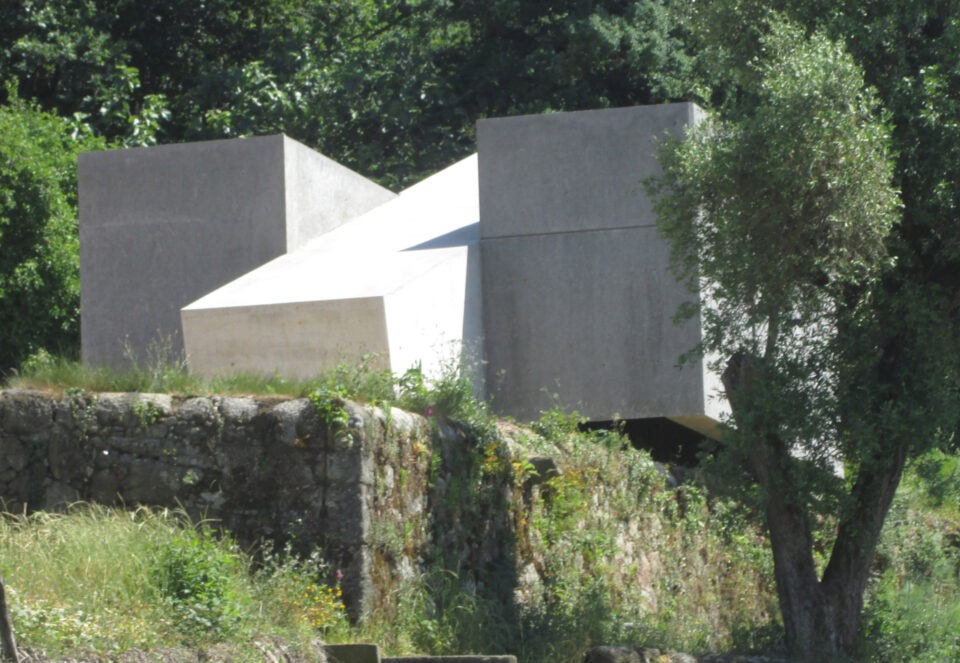
Related
Dunas House
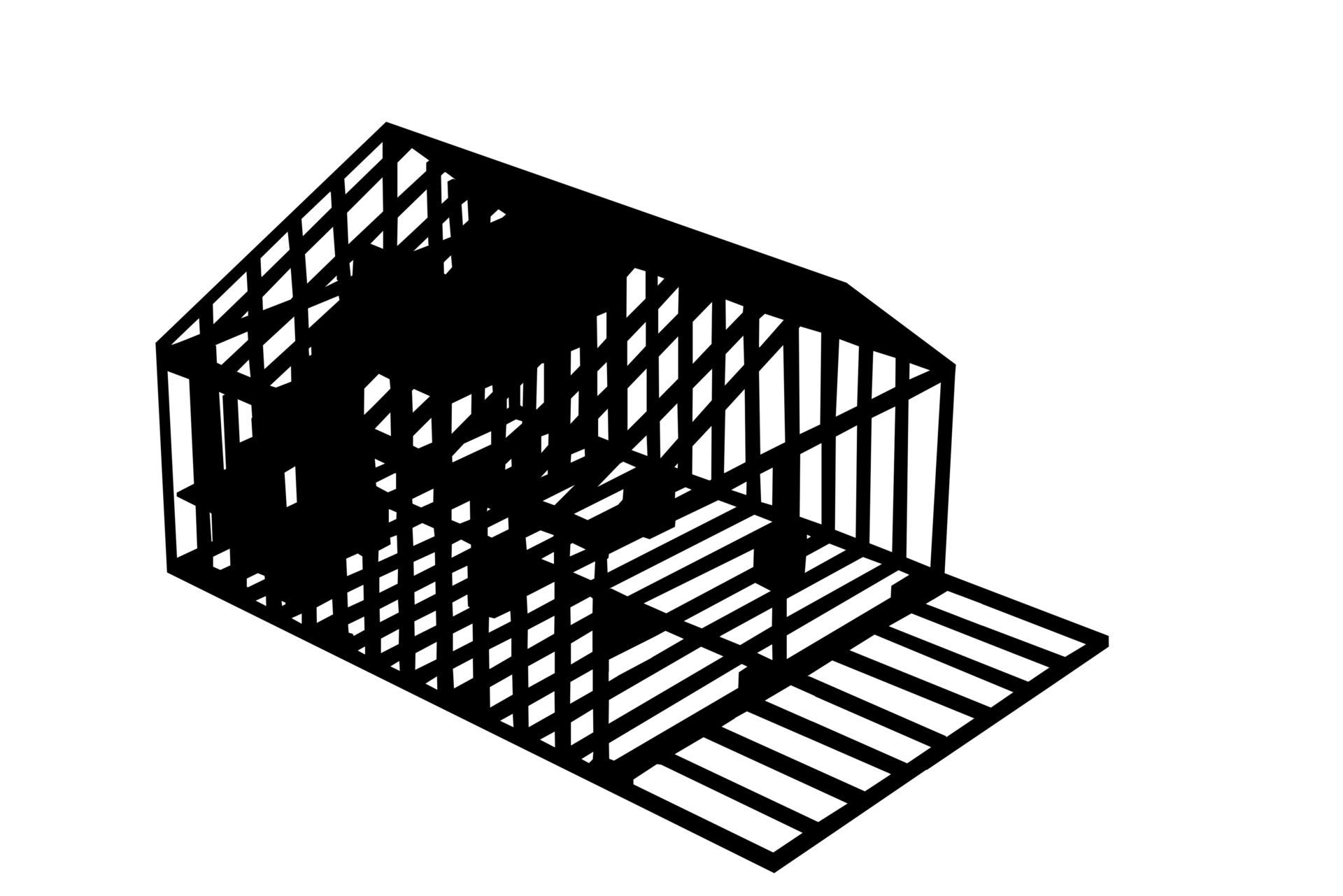
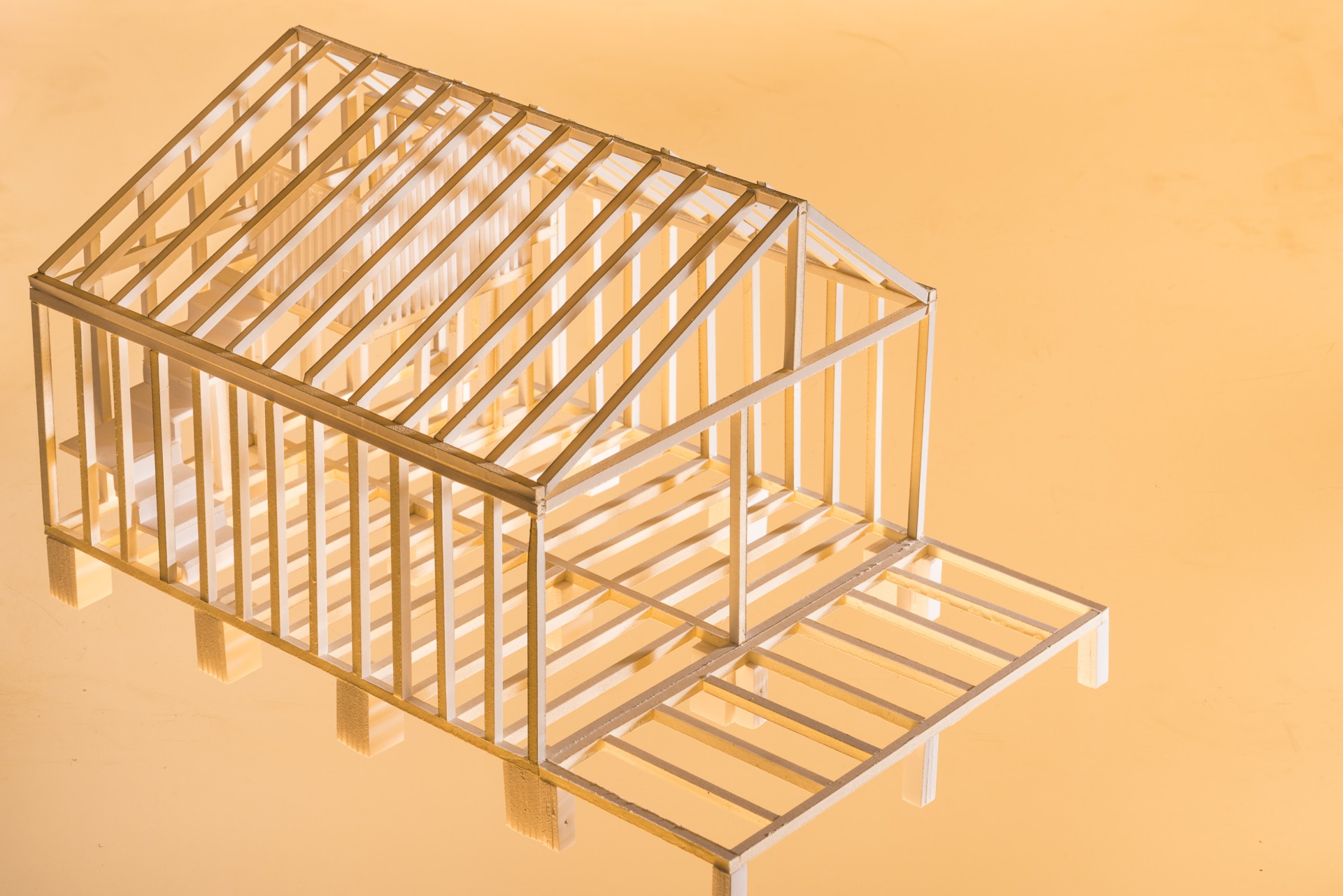

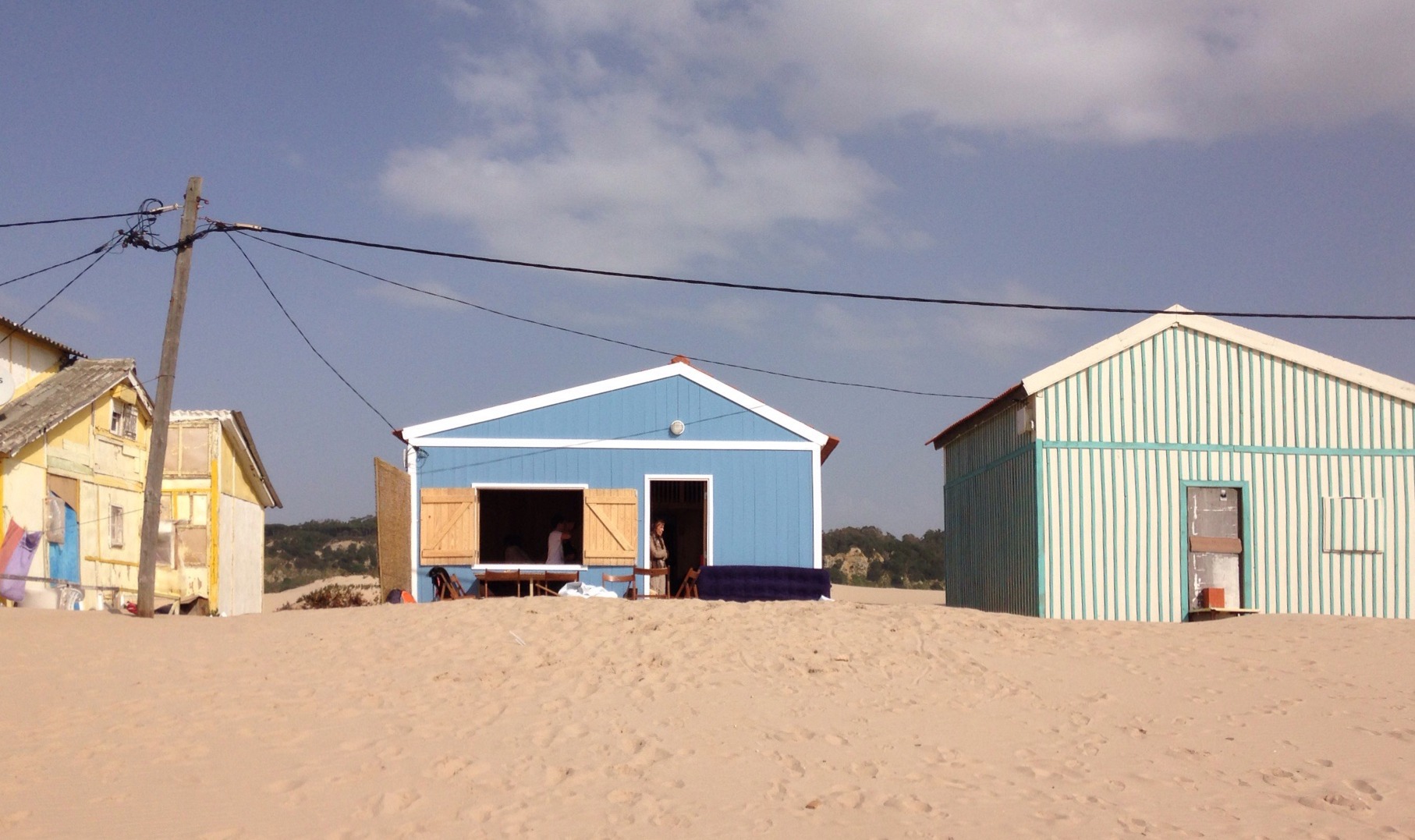
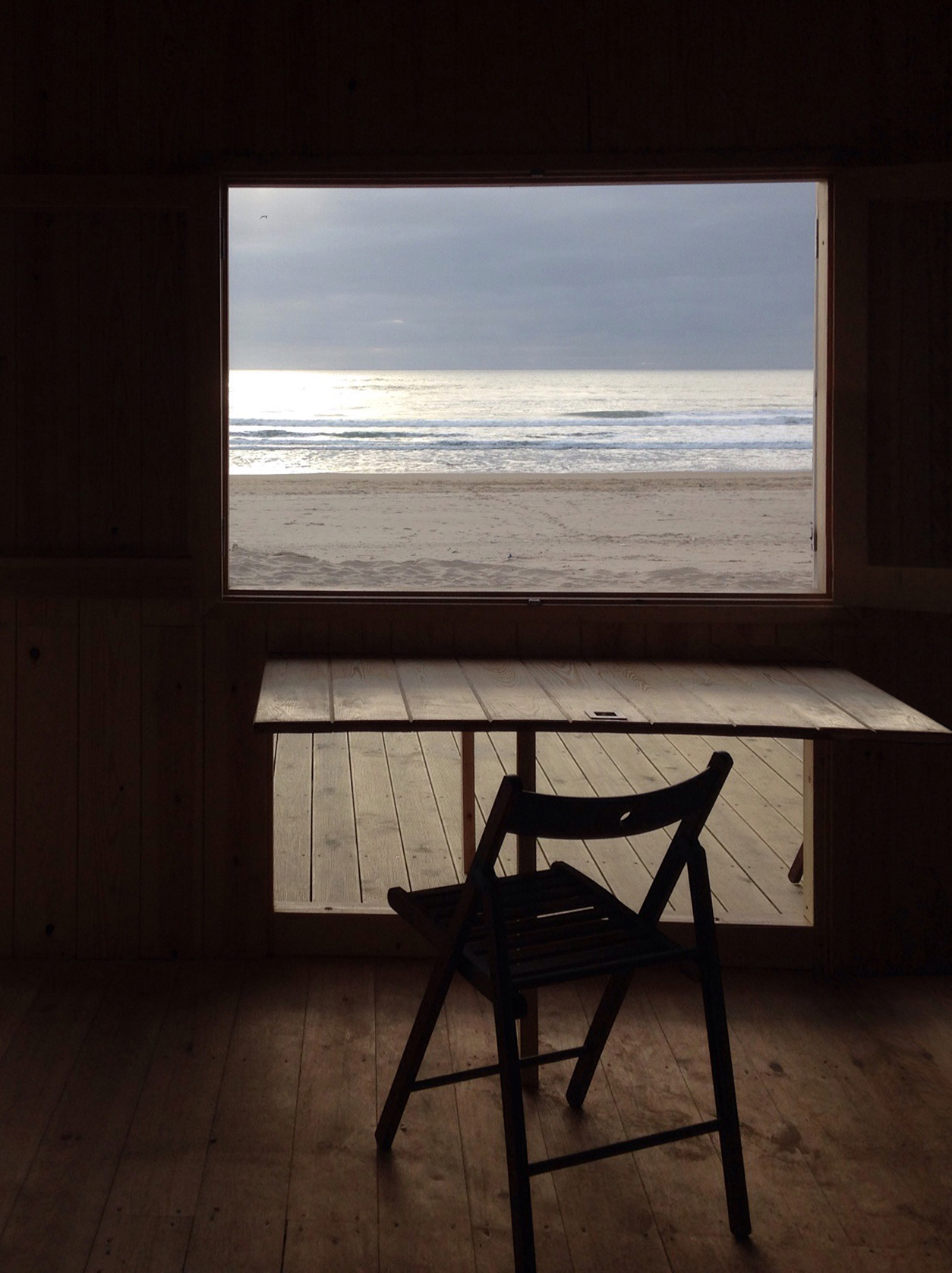
The beach house sets off from the reuse of a fisherman’s hut located on the dunes.
The intervention transformed the cabin, from a space for storing fishing equipment, into a refuge to contemplate the ocean, gaze at the maritime desert and turn one’s back on urban movement.
For the rehabilitation, we used biodegradable materials and natural thermal insulation from the region, respecting the character of the existing huts on the site. The furniture is designed for the space and extends along the wall, transforming into a table.
On the outside, the project crosses over with Sigurd Lewerentz’s project Boat House for the Canoes, and on the inside, the spatial organization of the small space is inspired by Le Corbusier’s cabin.
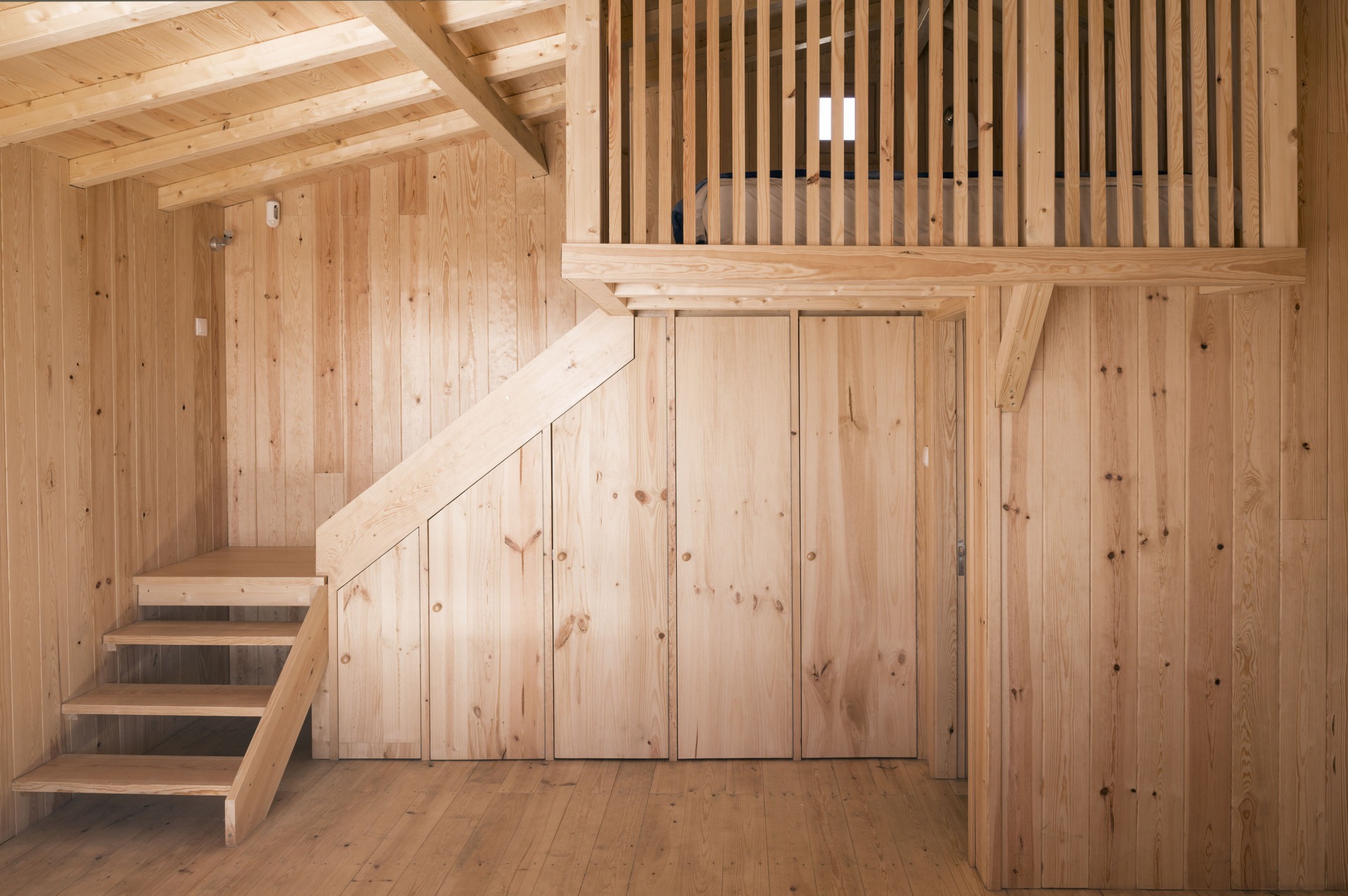
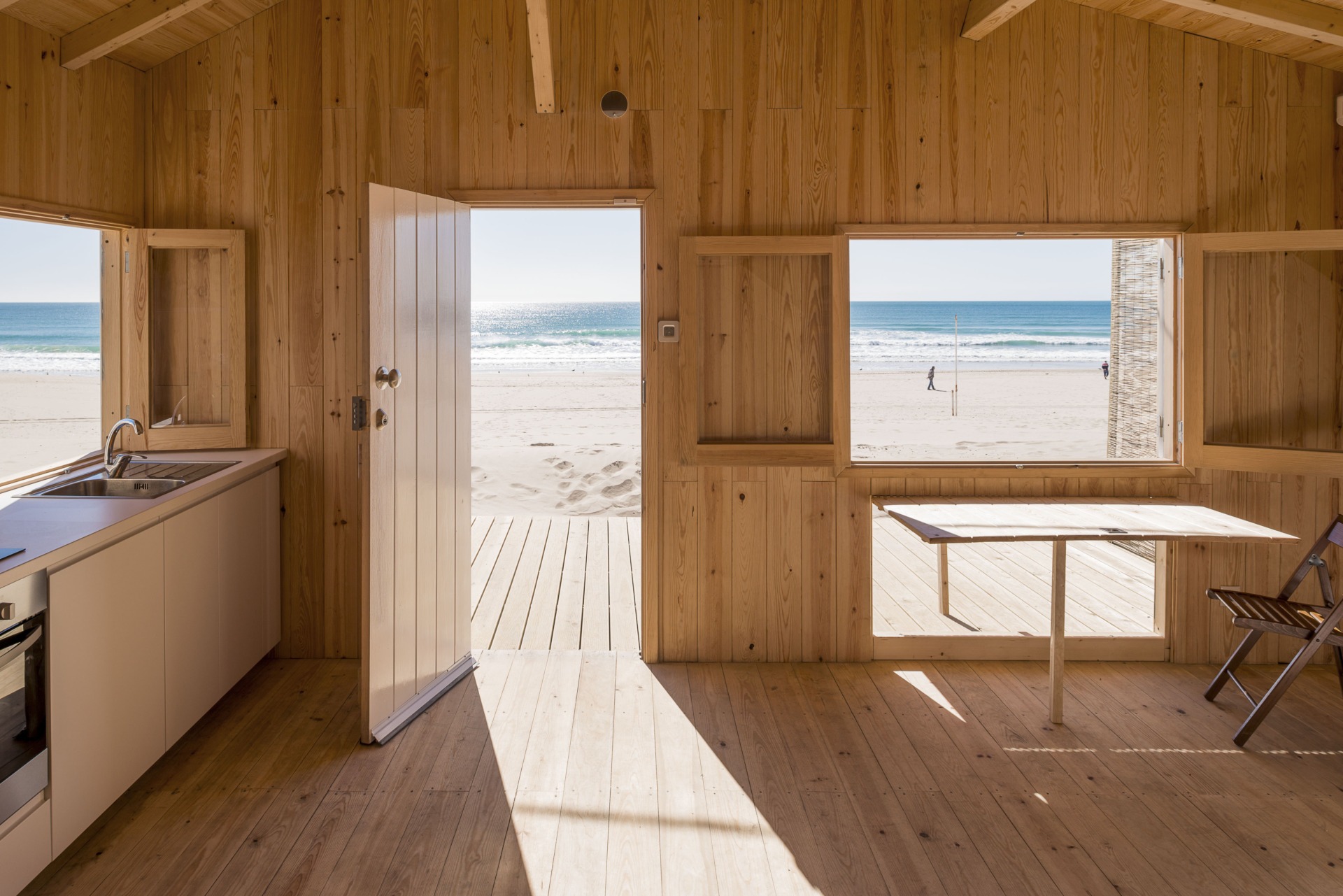
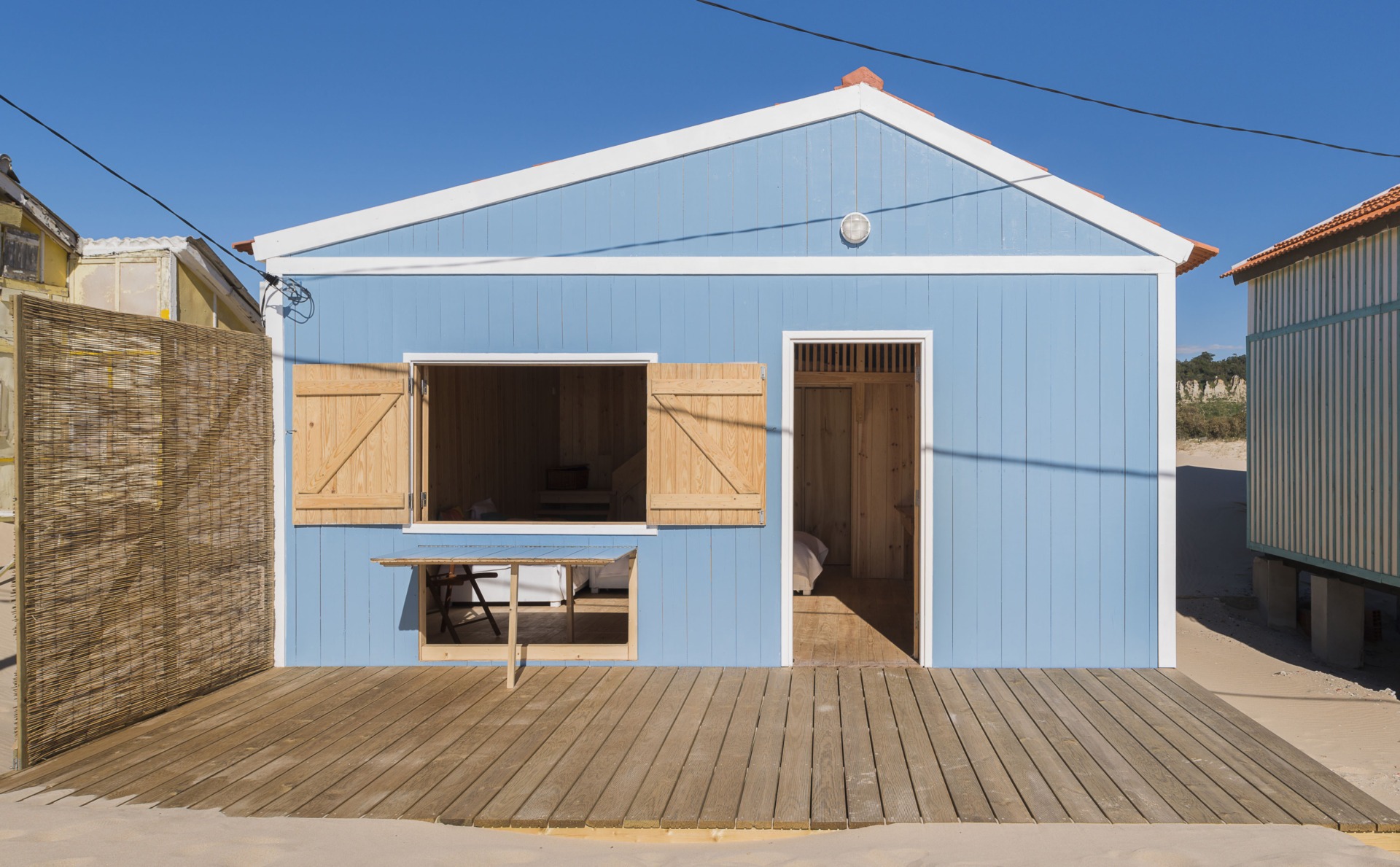
Related
Voice of the Sea
With architect Pancho Guedes
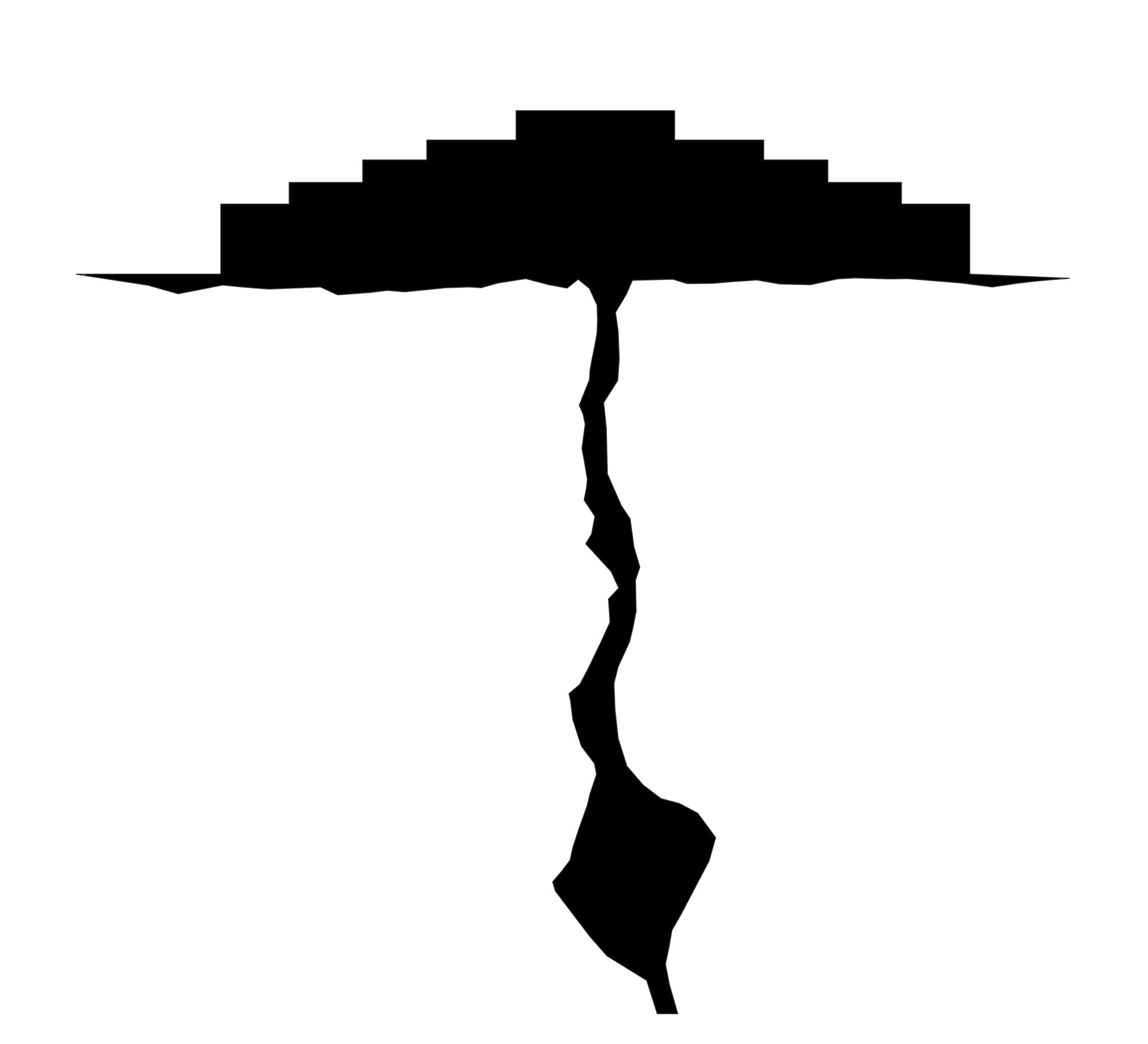
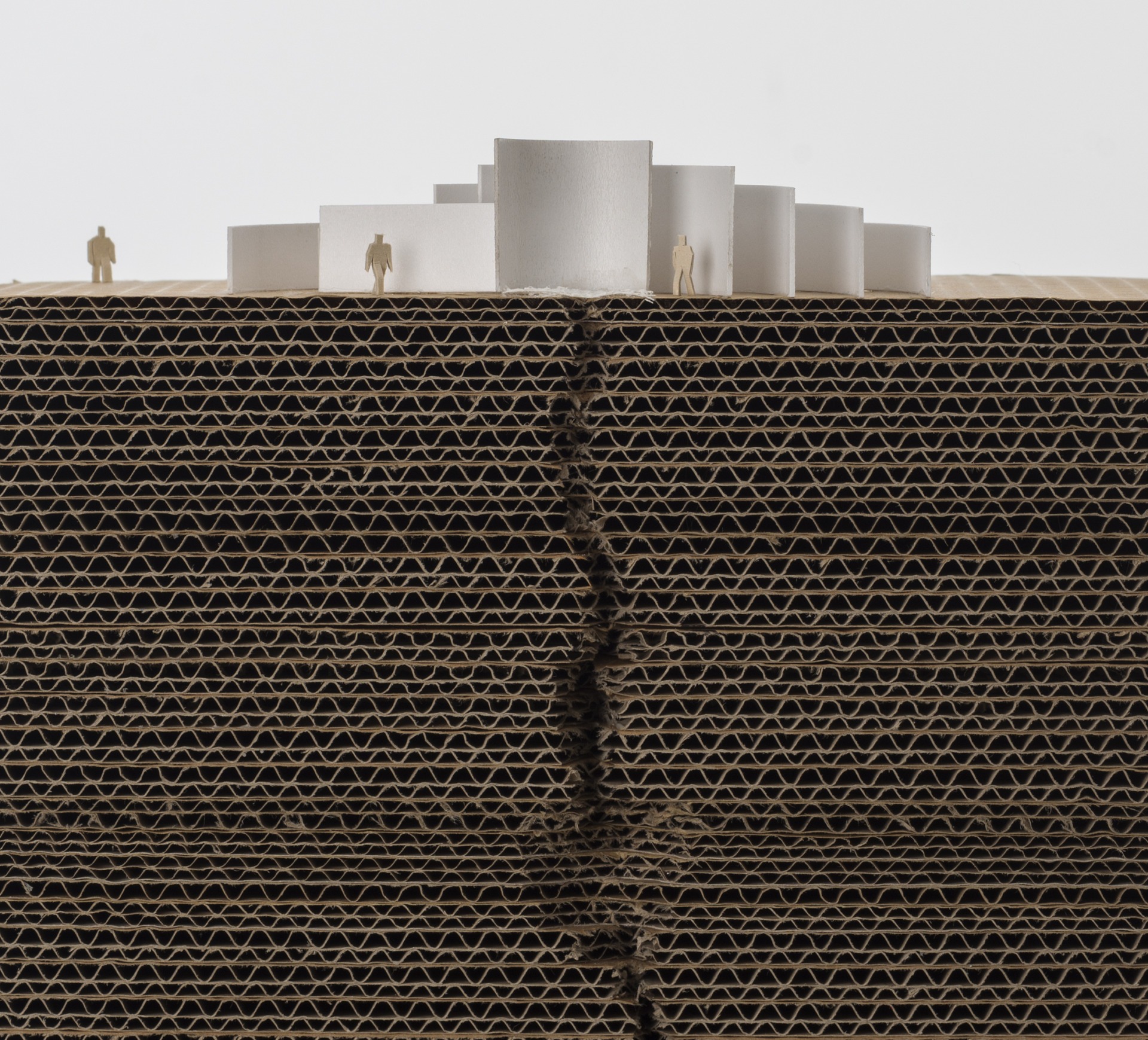
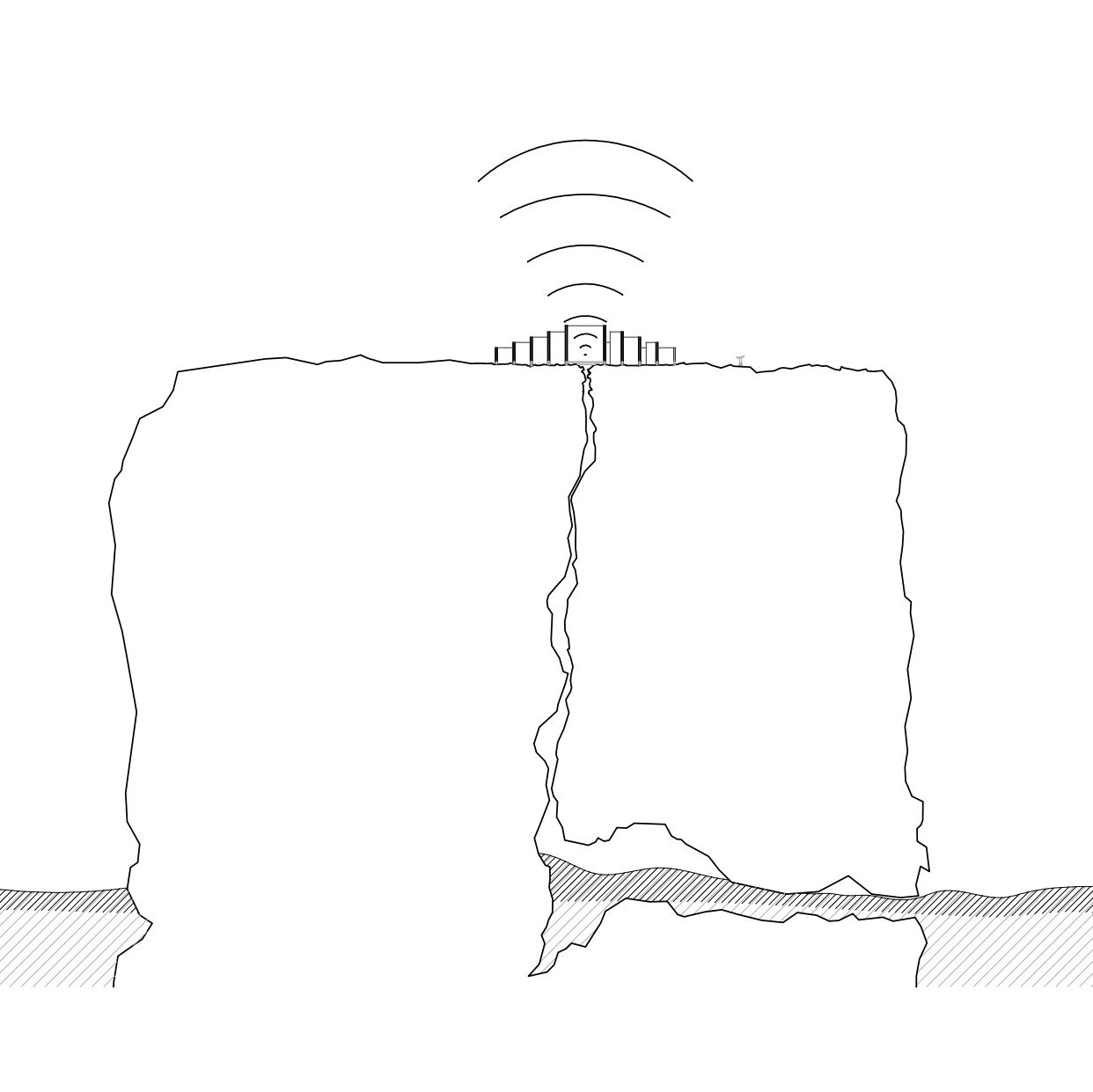
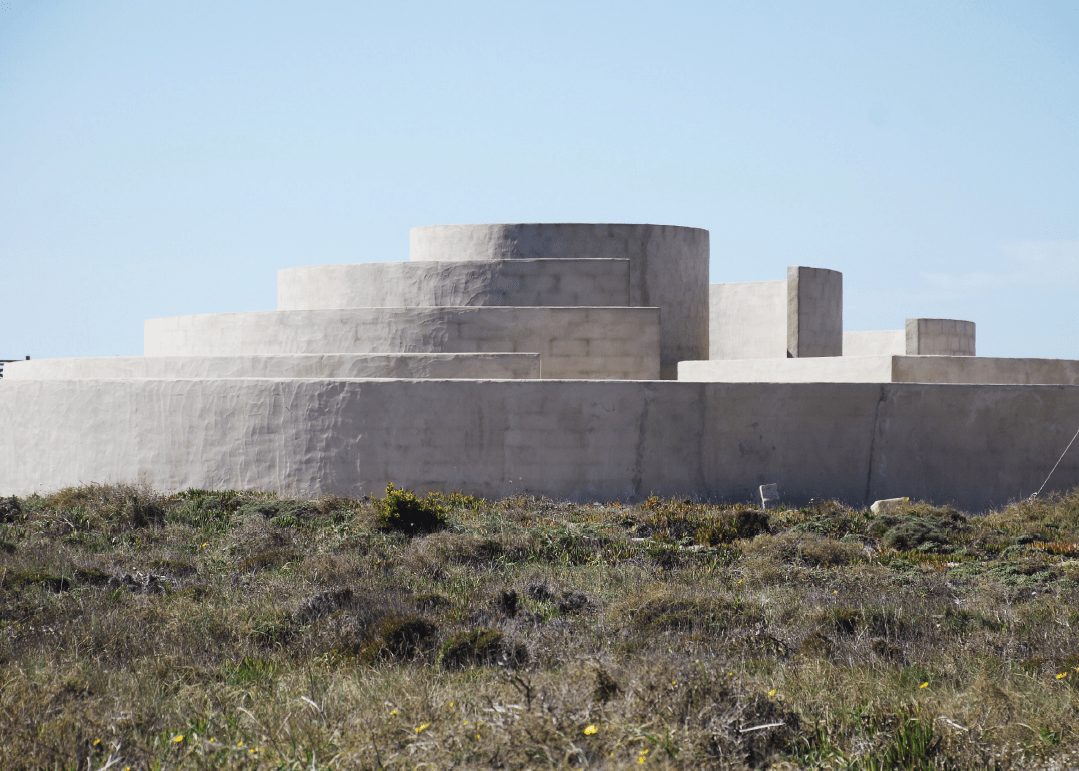

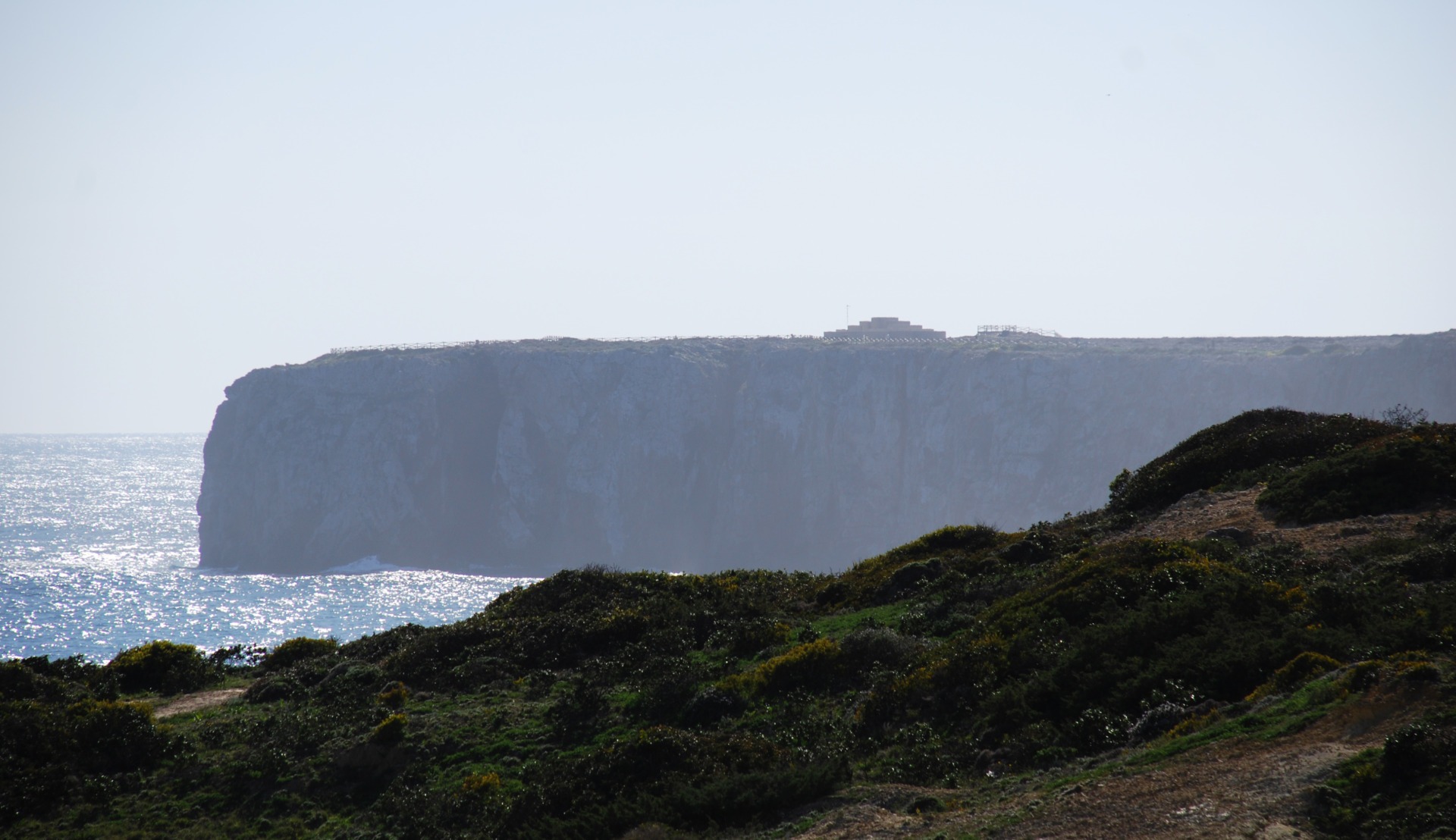
Chamber of sound, activated by the tide to listen to the waves of the sea. The circular labyrinth was imagined by the world-famous architect, Pancho Guedes, in what became his last work.
It was initially planned as a temporary intervention in 2010 within the Allgarve contemporary art program. Pedro Ressano Garcia the commissioner at the time was hired in 2015 to upgrade the whole intervention from temporary to permanent.
“The construction of this chamber of sound to listen to the sea reminds us that listening depends on learning to listen in itself, because misunderstandings, overlays, fictions, seem to be increased. Listening demands practice and training.” José Tolentino Mendonça

Media Referencing

“The “D” point (of discovery) in Sagres is now called “Voice of the Sea”. The sound, capable of making the gods dream, comes from inside a cave over 50 meters deep. On the surface, a work by the architect Pancho Guedes, in the shape of an ear, is the new landmark in the landscape.”
Público

“The local flora is not interfered by the solution and the site is not invaded by building materials according to the Parque Natural de Sagres e S.
Vicente requirements. (…)”
DIVISARE
Read the complete article →

“The labyrinth described by José Luis Borges is the topic for the revelation of a powerful experience that challenges our perception of time and space.”
Mimar

“As Pancho Guedes explains, the labyrinth is like life, we can be lost for a while, but we always get there in the end.”
Allgarve’10
Related

